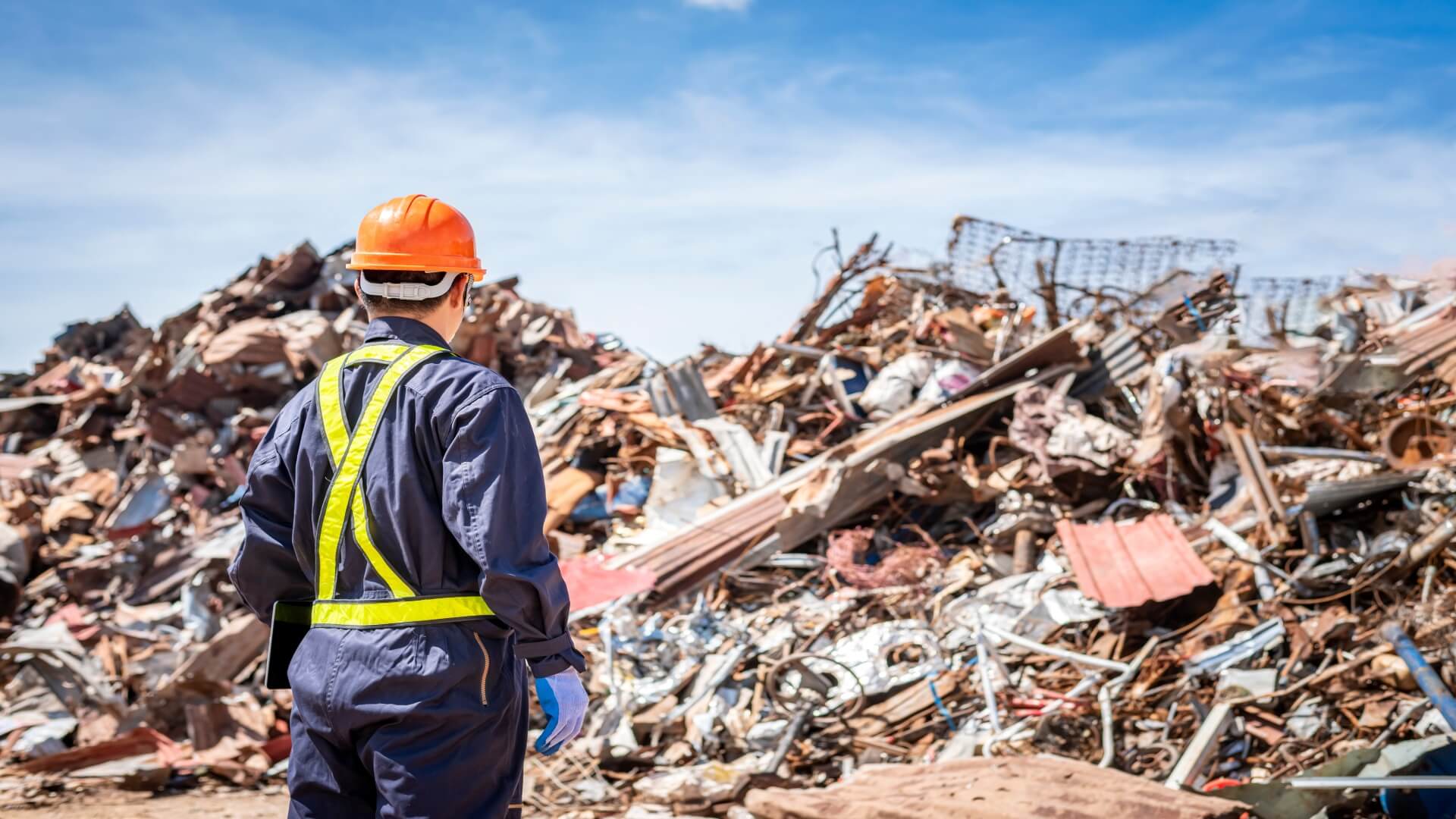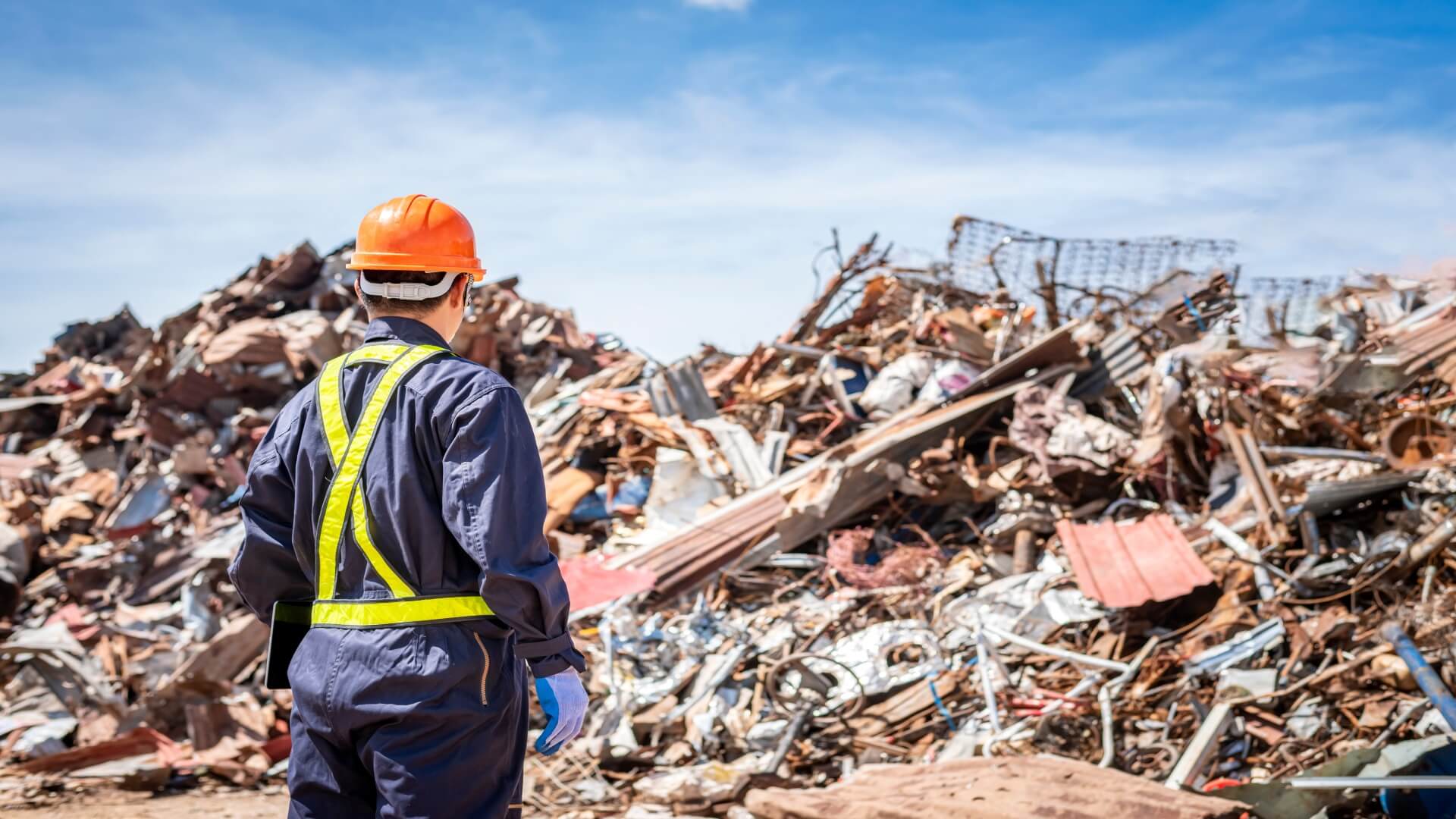Whether you’re a contractor renovating an old building or completing other jobsite projects, one of the foremost considerations is how to remove hazardous materials safely. Failing to oversee this process correctly can have severe repercussions, not just for your project but also for the health of everyone at the jobsite.
Anyone involved in such work must understand what needs to be done and why it matters. This post looks into precisely that, outlining best practices when removing hazardous waste, where you can take these materials, and details on getting rid of any accompanying rubbish too.
1. Check the Local Codes and Regulations
Some localities have specific rules governing hazardous materials removal. For instance, some may require you to obtain special permits or licenses, while others might have time limitations when you can remove the waste. Knowing your local regulations will help you do the job safely and within the law.
You should also research the hazardous materials that have to be removed. Unlike wastewater, some of these may require special handling and storage practices, which can impact how you dispose of them. For instance, asbestos is a hazardous material that requires double-bagging and special disposal procedures. Similarly, lead paint must be carefully sealed in impermeable containers before removal.
2. Ensure Safe Removal Practices
It’s not just the local codes you must consider–you must also ensure all safety protocols are followed during the removal process. This includes everything from wearing the right protective gear to using approved containers for storage and transport.
You should also ensure you have the right personnel with the necessary qualifications to handle hazardous materials safely. If there’s any doubt, it’s best to outsource this work to a licensed contractor specializing in hazardous waste disposal.
3. Select an Appropriate Disposal Site
Whether disposing of hazardous materials or working with a contractor, you must ensure they are taken to an appropriate disposal site. The types of waste accepted vary from one site to another, so it’s best to check before sending anything off.
You should also ensure that the disposal facility is appropriately certified and regulated. This will help you avoid any potential legal issues in the future and will also confirm that the waste is being managed responsibly. The best way to ensure safe and compliant disposal is to use a specialized hazardous waste facility. These are equipped to handle all materials, including industrial chemicals, solvents, and hazardous liquids.
4. Consider Hiring a Waste Removal Company
Hiring a professional hazardous waste removal company can be beneficial for large jobs. These companies are experienced in dealing with all types of materials, including those that require special handling and storage practices, like lead paint or asbestos.
These firms will usually provide you with the necessary personnel and equipment and arrange for safe transport to a certified disposal site. This can save you time and money while ensuring all safety protocols are followed. There are HAZWOPER Laborers in Southern California that are experienced in hazardous waste removal that can help you with your project. The company has a team of experts that can handle hazardous materials safely and dispose of them at an appropriate disposal site.
The right company can also provide helpful advice on managing and reducing the amount of hazardous waste generated. They can also provide regular disposal services and help you develop a plan for future projects.


































